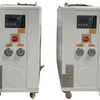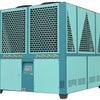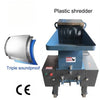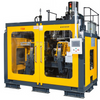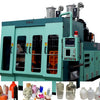2.5L Extrusion Blow Molding Machine: Technical Analysis, Applications, and Industry Trends
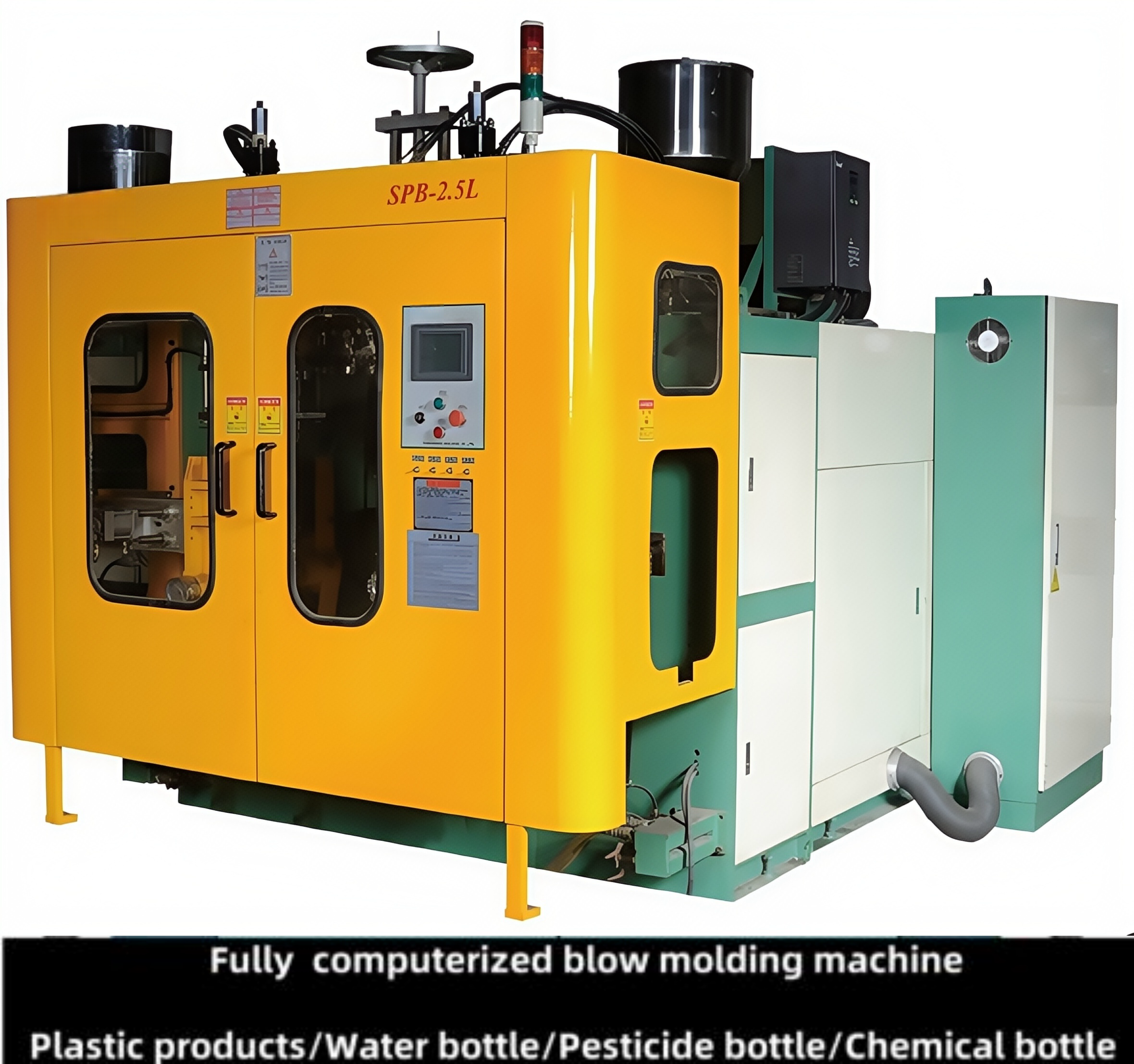
1. Introduction
Blow molding technology has revolutionized the manufacturing of hollow plastic products, offering cost-effective and scalable solutions for industries requiring lightweight, durable containers. The 2.5L extrusion blow molding machine specializes in producing mid-sized containers, such as water bottles, detergent bottles, and industrial drums. With the global blow molding market projected to grow at a CAGR of 10% by 2025, the 2.5L machine plays a pivotal role in meeting demands for precision, energy efficiency, and sustainability. This paper focuses on:
- Technical principles and design of 2.5L extrusion blow molding machines.
- Applications in packaging, automotive, and industrial sectors.
- Industry trends, including smart automation and eco-friendly materials.
2. Technical Principles of 2.5L Extrusion Blow Molding Machines
2.1 Core Components
The 2.5L extrusion blow molding machine consists of the following key components:
-
Extruder System:
- Converts raw plastic pellets (e.g., HDPE, PP, PETG) into a molten tube-shaped parison.
- Key parameters: Screw diameter (75 mm), L/D ratio (25:1), and plasticizing capacity (90 kg/h for DKB-2.5L2JUWD) [1].
-
Mold System:
- Dual-station design (e.g., DKB-2.5L2JUWD model) allows simultaneous mold opening/closing and parison extrusion.
- Center-fed die head ensures uniform thickness (reducing ovality by 62%) [3].
-
Hydraulic System:
- High-precision proportional valves control mold clamping force (70 kN for DKB-2.5L2JUWD) and parison wall thickness.
-
Control System:
- PLC + touchscreen interface for temperature control (±1°C) and process automation [6].
2.2 Working Cycle
The 2.5L machine follows a four-stage process:
- Extrusion: Molten plastic is extruded into a parison.
- Clamping: The parison is placed into a mold cavity (max volume: 2.5L).
- Blowing: Compressed air (0.8 MPa) expands the parison to match the mold shape.
- Cooling and Ejection: Rapid cooling (via water or air) ensures dimensional stability before ejection.
3. Applications of 2.5L Extrusion Blow Molding Machines
3.1 Food and Beverage Packaging
- Products: 2.5L water bottles, juice jugs, and edible oil containers.
-
Advantages:
- High hygiene standards (e.g., medical-grade PP compliance).
- Cost-effective for mid-volume production (cycle time <25 seconds) [1].
3.2 Daily Chemicals and Industrial Storage
- Products: 2.5L detergent bottles, solvent containers, and lubricant drums.
- Material Compatibility: HDPE’s chemical resistance makes it ideal for corrosive substances.
3.3 Automotive Components
- Products: Fuel tanks, coolant reservoirs, and air ducts.
- Precision Requirements: Wall thickness tolerance ±0.1 mm (achieved via servo-driven molds) [3].
3.4 Case Study: DKB-2.5L2JUWD Model in Daily Chemicals
The DKB-2.5L2JUWD dual-station machine (Dongguan JinJun Machinery) is widely used in China for producing 2.5L detergent bottles:
- Efficiency: 90 kg/h HDPE output, 7.8-ton machine weight.
- Quality: Uniform wall thickness, smooth surface finish (99.7% defect-free rate) [1].
4. Industry Trends and Optimization Strategies
4.1 Smart Automation
- IoT Integration: Real-time monitoring of temperature, pressure, and cycle time via sensors.
- Predictive Maintenance: Reduces downtime by 30% through AI-driven fault detection [5].
4.2 Energy Efficiency
- Electromagnetic Heating: Saves 30–70% energy compared to resistance coils [10].
- Variable Frequency Drives (VFDs): Adjust motor speed to match production load, cutting energy use by 20% [10].
4.3 Sustainable Materials
- Biodegradable Polymers: Development of 2.5L containers using PLA or PBAT to meet global eco-regulations.
- Recycling Compatibility: Designing molds for easy disassembly and material recovery [11].
4.4 Multi-Layer Blow Molding
- Barrier Properties: Six-layer co-extrusion technology reduces oxygen permeability by 50% for food packaging [3].
5. Challenges and Future Directions
5.1 Technical Challenges
- Thickness Uniformity: Complex mold geometries may cause uneven parison distribution.
- Noise Reduction: Hydraulic systems generate >75 dB(A) noise, requiring acoustic shielding [3].
5.2 Future Innovations
- Hybrid Systems: Combining blow molding with 3D printing for rapid prototyping.
- AI-Driven Process Optimization: Machine learning models to predict optimal blowing pressure and cooling time.
6. Conclusion
The 2.5L extrusion blow molding machine is a cornerstone of modern plastic manufacturing, balancing efficiency, precision, and scalability. By adopting smart automation, energy-saving technologies, and sustainable materials, manufacturers can align with global trends toward greener and more intelligent production. Future advancements in multi-layer co-extrusion and AI integration will further solidify its role in industries ranging from packaging to automotive.

